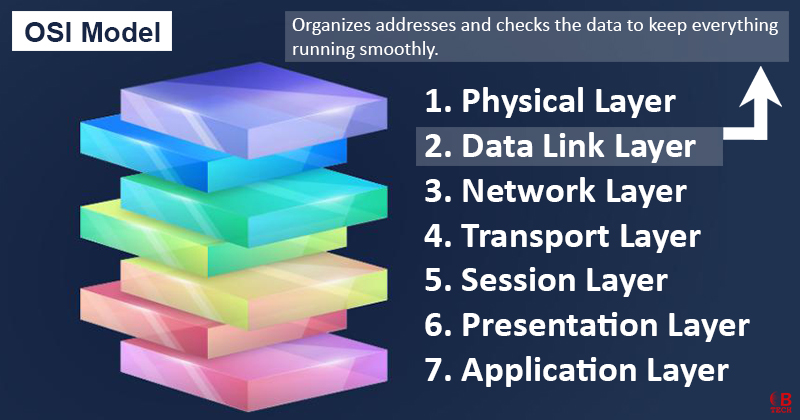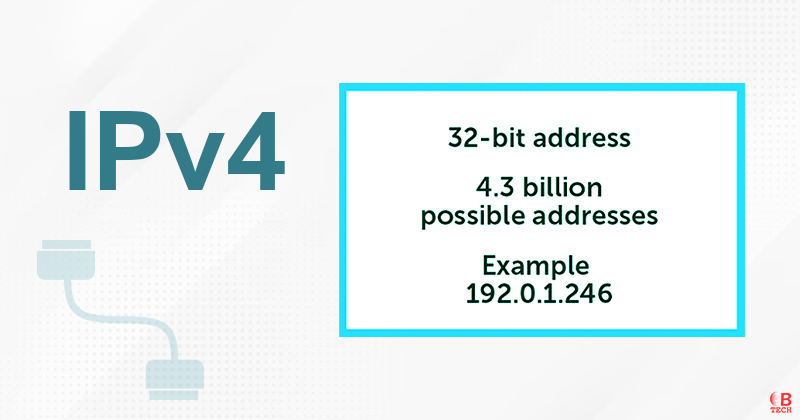What is Internet Protocol Address?
An Internet Protocol address (IP address) serves as a unique numeric identifier assigned to each device like computers, printers, switches and routers on a TCP/IP network.
The IP address forms the backbone of any networking architecture. Without it, a network cannot exist. It functions like a street address in a town, helping devices communicate with each other or with different networks.
Composition of an IP Address
An IP address consists of numerals split into two main parts:
- Network Part: This component identifies the network to which the device belongs.
- Host Part: This specific part pinpoints the device’s exact location within the network.
Unlike physical addresses, IP addresses are logical and can change. They are designed to uniquely identify each node within a network, ensuring smooth communication and data transfer among various devices.
Introduction to Internet Protocol Address
An IP address stands as an important component in the network structure that connects the entire World Wide Web. It is a numeric identifier allocated to every unique instance connected to a network through the TCP/IP communication protocols.
How IP Addresses are Assigned?
Network nodes receive their IP addresses from the Dynamic Host Configuration Protocol (DHCP) server when they connect to a network. DHCP draws from a pool of available addresses within the entire addressing scheme. Although DHCP generally assigns dynamic addresses, some devices maintain static IP addresses permanently reserved for them, which cannot be reused.
Types of IP Addresses
IP addresses can be classified into two main types:
- Classful IP Addressing: This traditional system divides the IP address pool into five distinct classes—A, B, C, D, and E.
| IP Class | Leading Bits | Address Range | Default Subnet Mask | Purpose |
| Class A | 0 | 1.0.0.0 to 126.255.255.255 | 255.0.0.0 | Used for very large networks |
| Class B | 10 | 128.0.0.0 to 191.255.255.255 | 255.255.0.0 | Used for medium-sized networks |
| Class C | 110 | 192.0.0.0 to 223.255.255.255 | 255.255.255.0 | Used for small networks (e.g., LANs) |
| Class D | 1110 | 224.0.0.0 to 239.255.255.255 | Not applicable | Reserved for multicast groups |
| Class E | 1111 | 240.0.0.0 to 255.255.255.255 | Not applicable | Reserved for future use, experimental |
- Classless IP Addressing: This system uses prefixes of arbitrary lengths, offering a more flexible addressing strategy.



